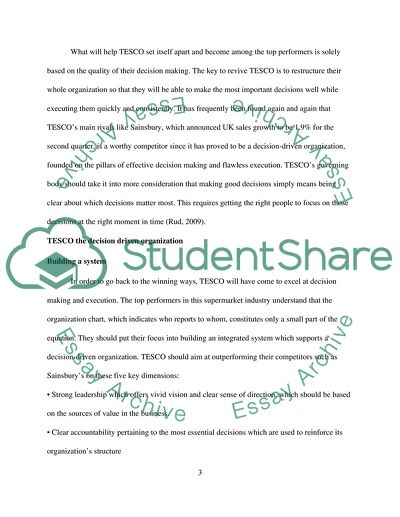Cite this document
(“Business Intelligence Essay Example | Topics and Well Written Essays - 3000 words - 1”, n.d.)
Business Intelligence Essay Example | Topics and Well Written Essays - 3000 words - 1. Retrieved from https://studentshare.org/information-technology/1612977-business-intelligence
Business Intelligence Essay Example | Topics and Well Written Essays - 3000 words - 1. Retrieved from https://studentshare.org/information-technology/1612977-business-intelligence
(Business Intelligence Essay Example | Topics and Well Written Essays - 3000 Words - 1)
Business Intelligence Essay Example | Topics and Well Written Essays - 3000 Words - 1. https://studentshare.org/information-technology/1612977-business-intelligence.
Business Intelligence Essay Example | Topics and Well Written Essays - 3000 Words - 1. https://studentshare.org/information-technology/1612977-business-intelligence.
“Business Intelligence Essay Example | Topics and Well Written Essays - 3000 Words - 1”, n.d. https://studentshare.org/information-technology/1612977-business-intelligence.


